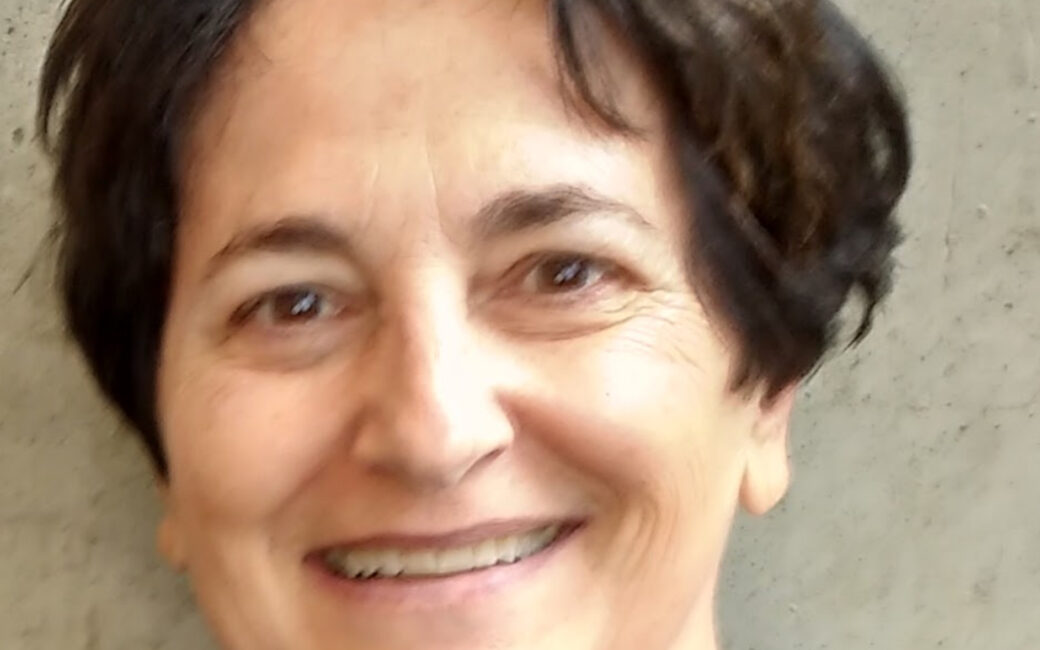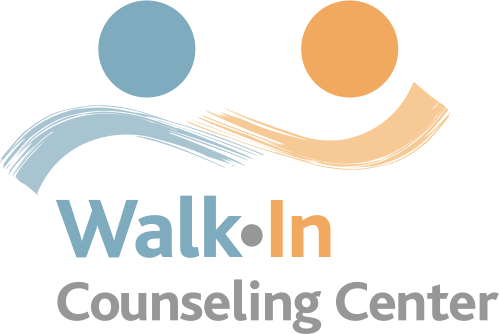When you show up at a Walk-In virtual clinic, the first person you speak to is the clinic receptionist. Like the counselors, receptionists are volunteers who play a critically important role in providing free services to all comers.
Starting September 1, (WE HOPE) clients will be able to walk into the building at 2421 Chicago Ave in Minneapolis for the first time since March 2020. And they will still be able to phone or log in to a clinic.
“Being a receptionist is a really important job,” says Cathy B., who has volunteered in that role since 2019. “You set the tone for each person’s visit. It is important to be very welcoming, positive and supportive .” “I tell them I’m glad they are here, and I try to be supportive,” Cathy says. “Some people come with really challenging situations, and it can take a lot of courage to ask for help.” Cathy does her best to make every client feel welcome when they arrive. If they need to wait, she pops into the client’s “breakout room” during their wait to make sure they know they have not been forgotten.
Originally trained as a social worker (MSW), Cathy volunteered at Walk-In as a counselor for a couple of years during the 1970s. “I had a tremendous experience as a counselor. I never forgot it and that’s why I came back,” she recalls.
After working as a counselor, Cathy worked as a field instructor for social work students, then as field director coordinating student field placements at agencies. She went on to complete a PhD in Social Work and a masters (MPH) in Public Health, which led her into research.
Cathy started as a receptionist at Walk-In when she retired from a 20 year career in health services research as the director of a local private research foundation. With funding from federal agencies, the foundation partnered with local hospitals and academic organizations (i.e. University of Minnesota, Harvard Medical School) to test and develop methods to evaluate and improve clinician performance and patient outcomes. Much of Cathy’s research was influenced by her training as a social worker and understanding of motivation and change.
The biggest takeaway from years of research was “change is difficult,” Cathy chuckles. This was true at Walk-In too, when all clinics suddenly had to move on line because of the pandemic in 2020. “At the beginning there was a lot of anxiety about using Zoom and having to do counseling virtually”, she recalls, but now many counselors are comfortable and even some have started to prefer it.
“Being a receptionist is really rewarding” both virtually and in person, Cathy says. Recently, she fielded phone calls from clients who had come to a Walk-In clinic and wanted to thank the counselor who had helped them.
One man who called was an immigrant who had suffered severe trauma at the hands of police in his home country. He came to Walk-In after an interaction with police here that left him re-traumatized. “When he first came to us, he was terrified of what might happen to him,” she recalls. The support and resources found at Walk-In helped him through the experience, “and he didn’t forget us.”
Cathy looks forward to helping launch the hybrid clinics in the fall. “I love the interactions with clients and the teams. I also really enjoy team consultations after clinics,” she says. During those meetings, counselors share resources and discuss ways to help with the issues clients bring to their counselors during clinics and ongoing counseling.
“I feel like I’m part of a great team that is doing really important work,” Cathy says.

